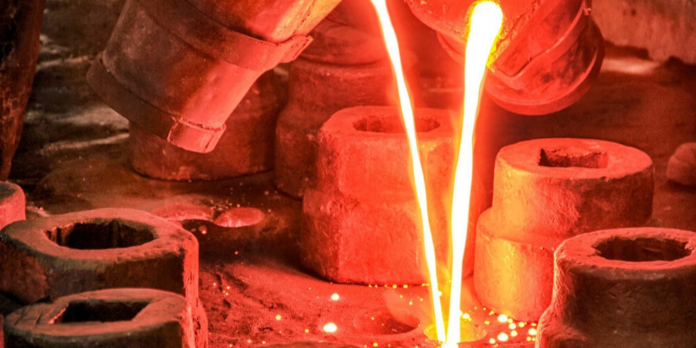The automotive industry has got a boost in manufacturing due to the rapid prototyping technique used to produce vacuum die casting using aluminum alloy. Advancements in technology have called for innovative techniques that will help shape our future manufacturing process.
Here, you will get to know the emerging trends and revolutions in vacuum die-casting aluminium to rapid prototypes and predict how these will impact the industry in years to come.
Increased Use of Additive Manufacturing
3D printing or additive manufacturing is becoming a paramount tool for prototyping in recent years. At the same time, vacuum die casting using aluminium alloy is still a popular method to produce high-quality components.
We expect to see greater integration of both these technologies, with 3D printing, which is used to create molds for vacuum die casting. Combining these technologies will give us greater precision and control over the final product.
Improved Materials and Processes
Room for improvement always calls for innovation in the material and the product creation process. Vacuum die casting will see breakthrough improvement in the material we use with new alloys. Strengthening the material and its composition will offer durability and flexibility. The future will also see developmental efficiency and can reduce waste in vacuum die casting using ingenious strategies in rapid prototyping.
Automation and Robotics
Automation and robotics are already playing a significant role in the manufacturing industry, while the same applies to vacuum die casting using an aluminum alloy. The near future expects to see even more marvelous use of automation and robotics in the vacuum die-casting process, which will increase efficiency, reduce labor costs, and improve safety in the manufacturing environment.
Integration with Artificial Intelligence (AI)
Artificial intelligence (AI) paves new horizons in multiple manufacturing industries to improve efficiency and productivity. AI has much in store for the future; AI integration within rapid prototyping is no dream; it will enhance the vacuum die-casting procedures. You will have the real-time monitoring and procedural analysis to identify potential errors or issues in the process. Overall, the finished product quality under the rapid prototyping procedure will improve and be completed in record time.
Green Manufacturing
As the world becomes more focused on sustainability, a growing need for “green” manufacturing processes arises. Vacuum die-casting aluminum is already a relatively environmentally friendly process. In the future, sustainability, reduction in the use of natural resources, and reuse of materials will get extreme focus. Using recycled materials, energy-efficient technologies, and waste reduction programs will embark as the green manufacturing protocol for rapid prototyping using vacuum die casting.
Conclusion
Vacuum die-casting aluminum is an important method for rapid prototyping in the automotive industry, with exciting advancements on the horizon. From the integration of additive manufacturing to automation and AI, this manufacturing process will continue to evolve in the coming years. As technology advances, we expect greater precision, efficiency, and sustainability in vacuum die-casting aluminum for rapid prototyping. The future of this process is bright, and it will undoubtedly play an important role in the continued success of the automotive industry.













